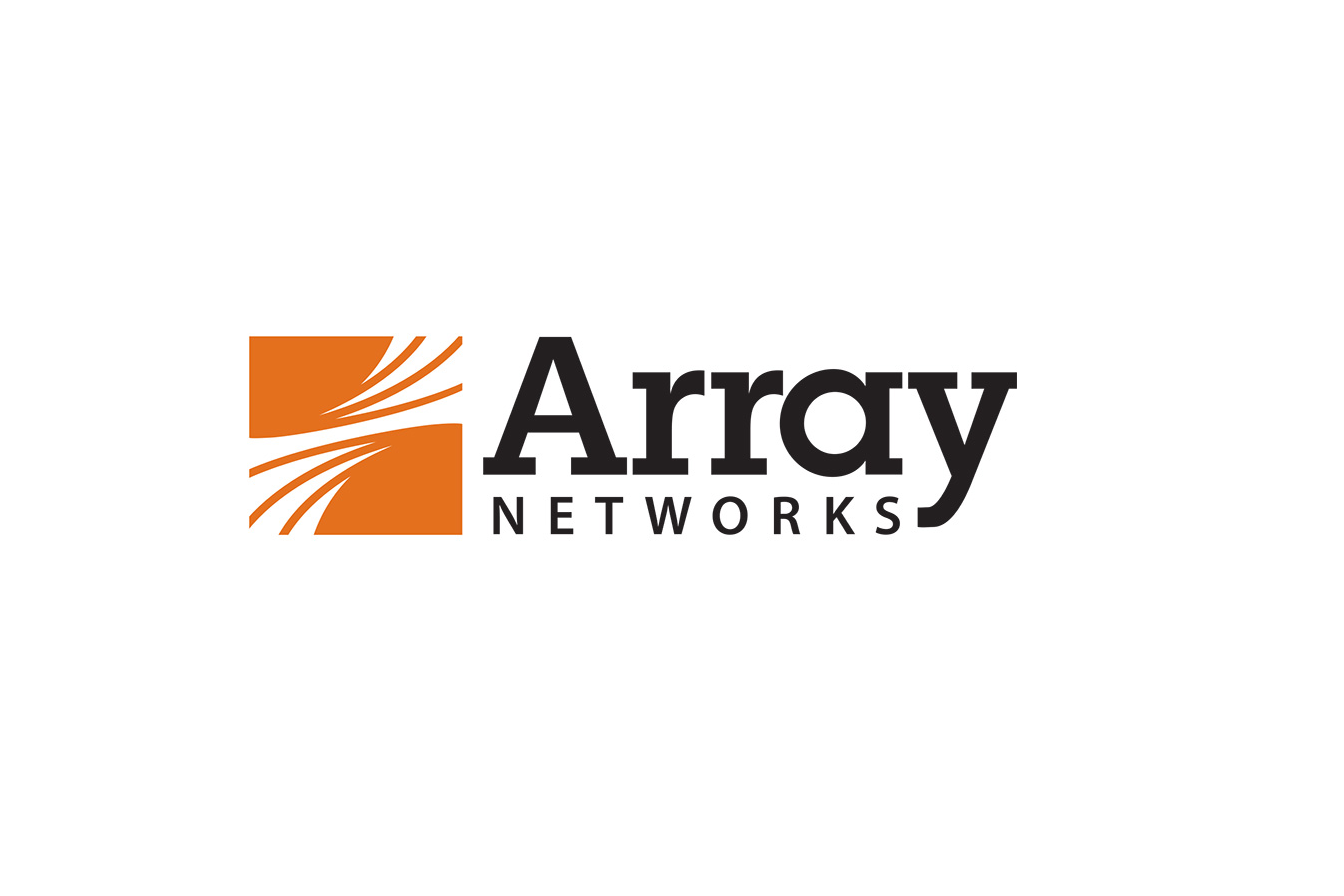Array ADC with award winning SpeedCore™ technology helped PMC Bank to comply with Reserve Bank of India (RBI) guidelines for business continuity.
Punjab Maharashtra Cooperative Bank (PMC Bank), provider of banking services to customers with utmost ease and convenience, has chosen Array Networks’ award winning ADC and server load balancing solutions to serve their customers with secure high speed connectivity for internet and mobile banking.
PMC Bank required high availability, speedy performance and reliable security for their internet and mobile services portals. They wanted to enhance their online transaction processing in order to provide customers with good user experience and around the clock service. PMC Bank conducted a detailed requirements analysis with their compliance and networking teams which was subsequently shared with various vendors. All the leading ADC products were tested; Array Networks’ Proof of Concept (POC) solution was selected after a month of live internet usage at PMC’s production site.
Array Networks’ ADC solution helped PMC Bank provide application availability and security to its customers over the internet. The bank was able to make use of Array’s inclusive security and traffic management features to secure internet traffic using 2048 bits VeriSign certificate encryption, and intelligent route customer traffic based on usage to the best web and application servers and data centers. Array Networks’ ADC helped PMC Bank comply with RBI guidelines for business continuity and availability, ensuring hassle free wirespeed encryption for internet users. In addition, Array’s ADC enabled global load balancing of internet traffic between PMC’s primary Mumbai and secondary Bangalore sites which helped the bank improve Business Continuity Planning (BCP) and Recovery Point Objective (RPO) during failover to Disaster Recover (DR) sites for Drills and during actual Data Center unavailability for a particular application or the whole site. By implementing Array Networks’ ADC solution, the bank was able to improve the performance of internet banking application & enhanced user experience by providing uninterrupted service or minimum service outage in the event of an application or datacenter failure.
With Array Networks’ ADC solution, the bank now provides better service and user experience for both internet and mobile customers, while maintaining compliance with RBI guidelines. The IT department of the PMC Bank now has better visibility and can monitor the internet banking portal hits and other services, delivered to the customers. If the internet banking portal server is unavailable at the data center, the Array’s ADC automatically detects this issue and redirects the customers to the available DR site. The Array’s solution has enabled the bank to maintain its banking services in Active/Active DC-DR or Active/Passive DC-DR.
Mr Atul Thakker, Vice President – Information Technology at PMC Bank said, “Array Networks solution has enabled our customers with high speed connectivity for internet and mobile banking transactions. The performance of the internet banking servers was noticeable. Array has helped us to enhance the business continuity for Internet & Mobile banking applications and we are able to meet the RBI compliance because of the Array Networks ADC solution.”
Mr Shibu Paul, Country Manager – IN, ME & ASEAN at Array Networks said, “It’s a privilege for Array Networks and we are happy to be selected to address PMC Bank problems. The fact that Array Networks’ POC was kept for live internet usage in the production site for a month demonstrated the robustness of our solution and the confidence PMC Bank had in Array’s technical and support team. The Array’s appliances worked with no downtime and provided elaborate reporting for real time traffic distribution and historical reports. Array Networks solution has reduced the annual operational expenditure of the PMC Bank and the capital expenditure were also lowered due to the ability of Array ADC to offload SSL certificates and SSL processing, that resulted in the reduction of the number of SSL certificates.”









